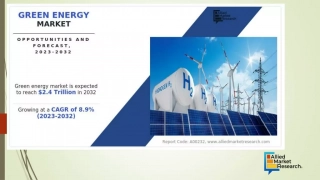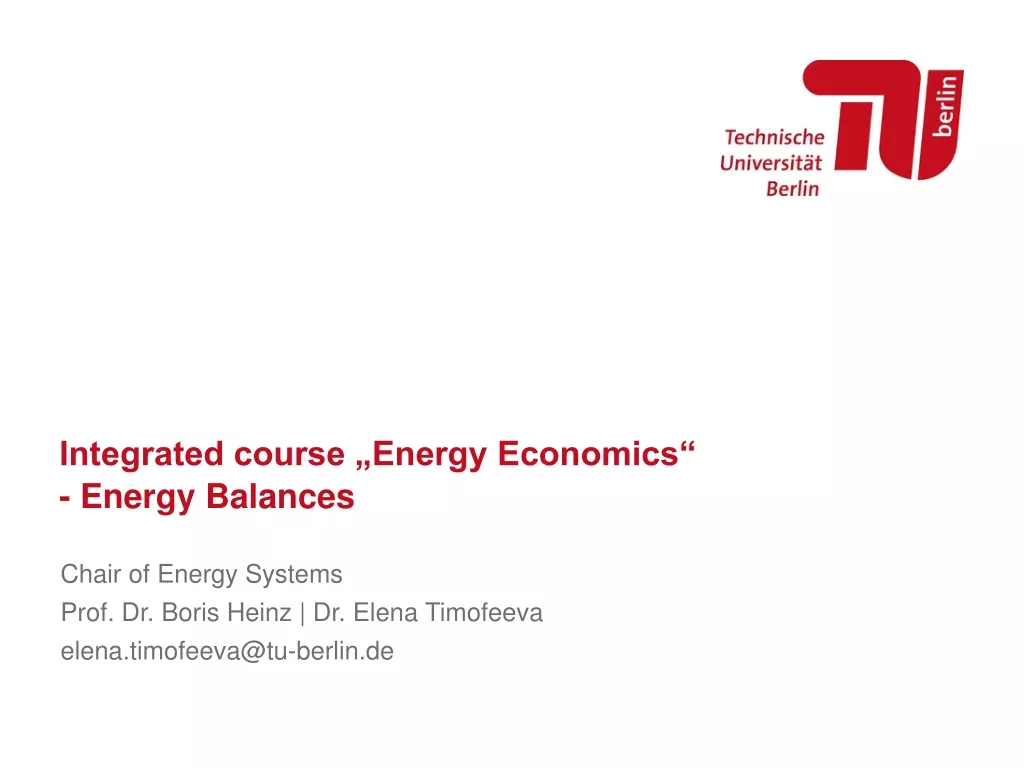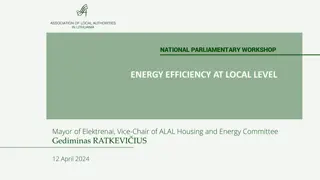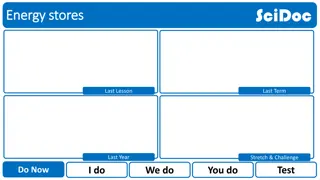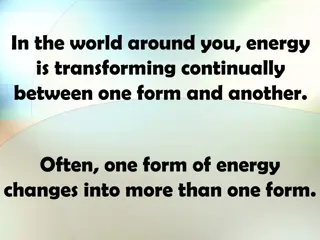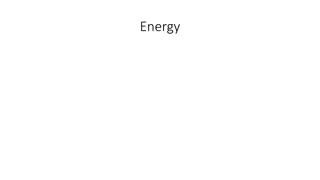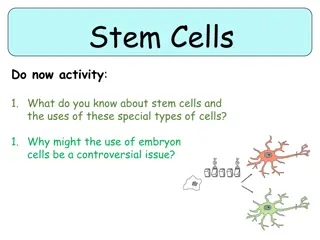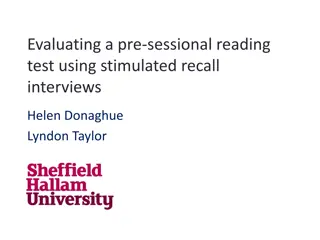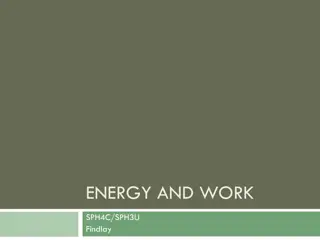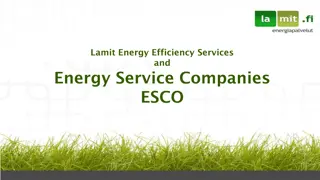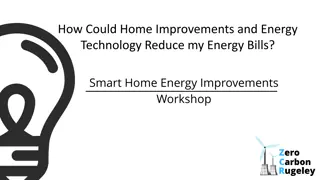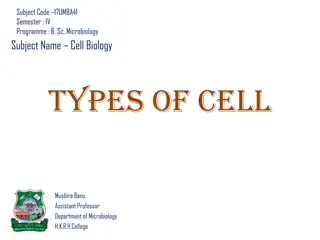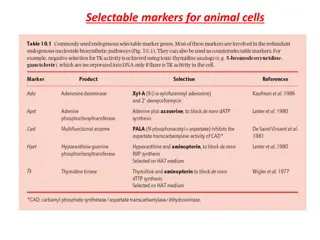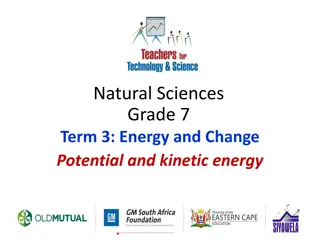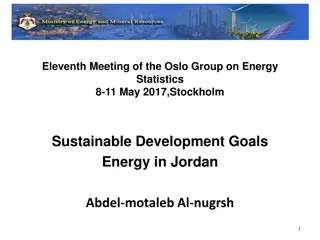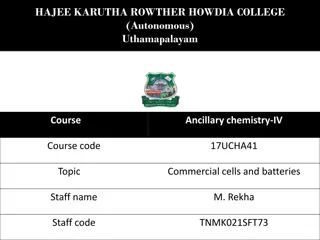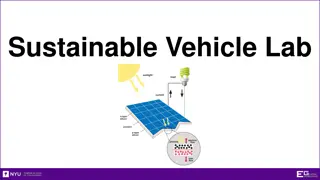
Understanding Cellular Respiration and Photosynthesis
Explore the role of the digestive system, mitochondria, and organelles in cellular respiration. Learn about glucose as a vital nutrient and compare photosynthesis and cellular respiration. Discover how these processes supply energy to cells.
Download Presentation

Please find below an Image/Link to download the presentation.
The content on the website is provided AS IS for your information and personal use only. It may not be sold, licensed, or shared on other websites without obtaining consent from the author. If you encounter any issues during the download, it is possible that the publisher has removed the file from their server.
You are allowed to download the files provided on this website for personal or commercial use, subject to the condition that they are used lawfully. All files are the property of their respective owners.
The content on the website is provided AS IS for your information and personal use only. It may not be sold, licensed, or shared on other websites without obtaining consent from the author.
E N D
Presentation Transcript
Life Science Cells Are Us Meeting Cells Energy Needs Pre-Test
Which of the following best describes the role of the digestive system in cellular respiration? A. It removes waste like carbon dioxide from the body B. It brings oxygen into the body which is a reactant in cellular respiration C. It absorbs nutrients like nucleic acids which can be used as a reactant in cellular respiration D. It breaks down foodstuffs into usable nutrients like, carbohydrates, lipids, and proteins that can be converted into glucose
Which of the following best describes the function of mitochondria? A. They produce usable energy for the cell B. They produce proteins for the cell C. They store water and waste products in the cell D. They direct cellular activity
Which of the following organelles best matches the function of the digestive system? A. Rough endoplasmic reticulum - synthesize proteins for extracellular use B. Nucleus - house DNA and direct cell activities C. Golgi apparatus - modify extracellular proteins D. Mitochondria - break down molecules from foodstuffs and convert them into usable energy for the cell
Glucose is the most readily available nutrient that can be broken down into usable energy. The chemical formula of glucose is C6H12O6. What class of biomolecules does glucose belong to? A.Carbohydrates B. Proteins C. Lipids D. Nucleic acids
The following chemical equations represent the net reactions of photosynthesis and cellular respiration. How do the two reactions compare? A. They are the same B. Photosynthesis has energy as a product whereas cellular respiration has it as a reactant C. One is the reverse of the other D. Glucose is a reactant in both equations

